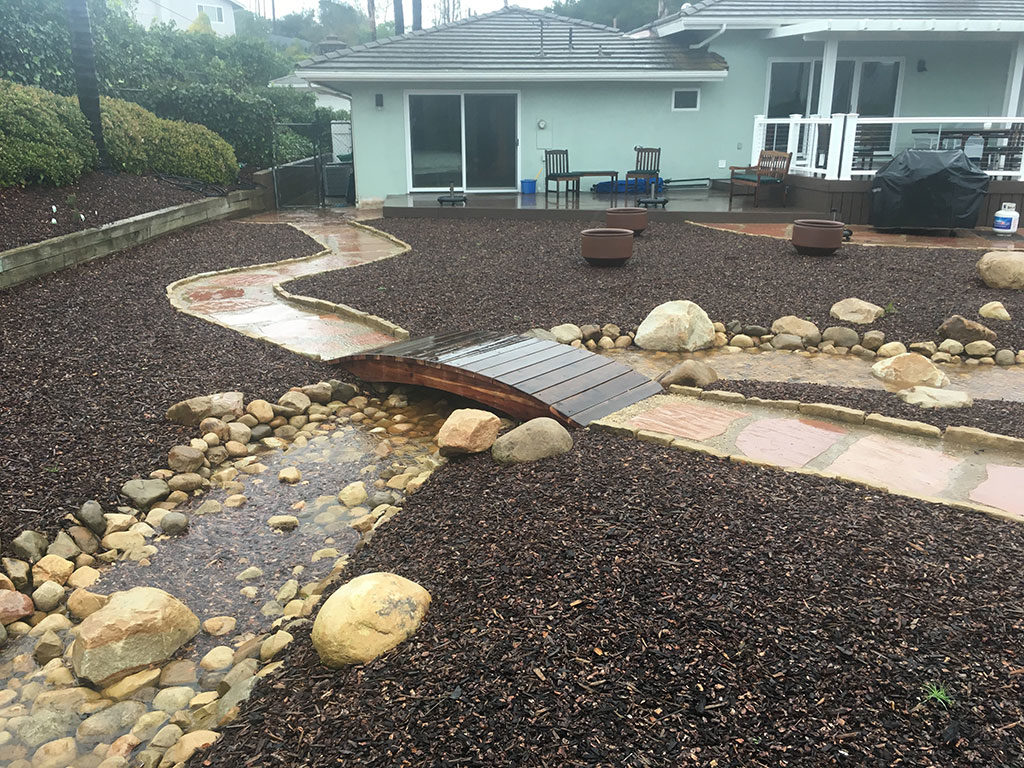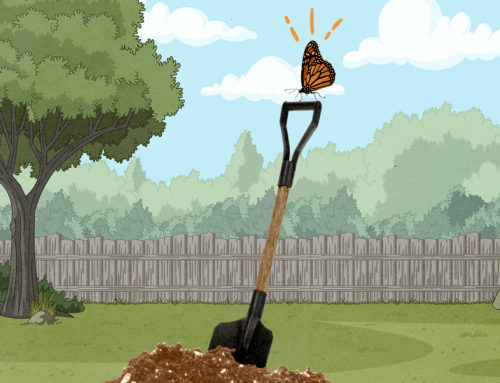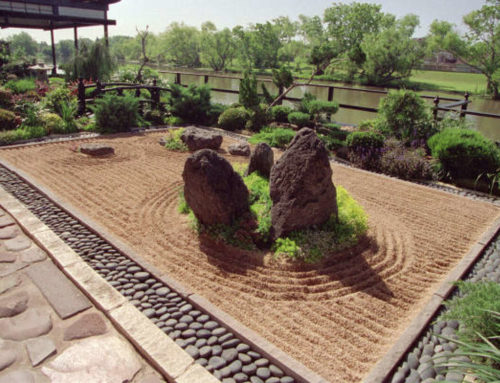Soil types in Santa Barbara

Soil types in Santa Barbara
While the average gardener might direct their efforts toward selecting plants that will look best in their garden and complement the architecture of their home, it is often a myriad of other factors that determine a plant’s true success. From sun exposure to maintenance concerns, the landscape designer must weigh all influences when making plant selections. One often overlooked consideration is soil type, and in Santa Barbara there are four predominate types, each with unique characteristics that can affect the health and vitality of plants. Understanding how to test for and then properly amend the soil can go a long way in ensuring that the landscaping will thrive.
It may seem like a tedious step, but researching and testing the soils of the proposed planting area is important to better understanding the garden’s culture and growing conditions. Some counties offer GIS mapping that, with a simple address search, will display the probable soil type for the area. This is a great starting point to developing a full analysis and should be followed with having a sample of the soil tested. Look for local companies and universities—who often provide testing for free—and follow the instructions for proper sampling and shipping to the testing center. The results will reveal plenty of useful information regarding the soil, including pH (acidity), nutrient content, and presence of toxins which can prompt proper treatment and remediation prior to planting.
Knowing the soil type will inform how to amend them:
- Sand: Naturally, on the coastal regions of Santa Barbara the soils are sandy. Coarse and prone to erosion, sandy soils drain quickly but also require added watering—especially during times of drought—and nutrients to help plants grow. Amend this soil type with rich organic material to improve nutrient content and its capacity to hold water.
- Sandy Loam: Moving inland, there is a shift in the soils as more clay and silt is found in the soils. The perfect combination of sand, silt, and clay in sandy loam makes it ideal for planting. Follow guidelines for adjusting the pH of the soil according to the soils test and fertilize and amend with organic matter as necessary.
- Montery Shale: Farther in, at the foothills of the mountains, the soil becomes chalky and largely unsuitable for planting. While plants native to these zones will thrive, most will not and the soil should be removed and replaced or well amended if it is to be considered for planting.
- Clay: The dense nature of clay soils can best be described as too much of a good thing. While the soil retains moisture and is rich in nutrients, its properties make it difficult for planting. Too gooey when wet and too brittle when dry, the soil ought to be amended with organic material that can improve its workability and drainage as well as promote airflow.
Some legwork up front to ensure the viability of planting soils can be a godsend to plants later on. A landscape professional can be a helpful guide in taking samples and amending soils for planning, as well as selecting the right plants for the garden’s conditions.







Leave A Comment
You must be logged in to post a comment.